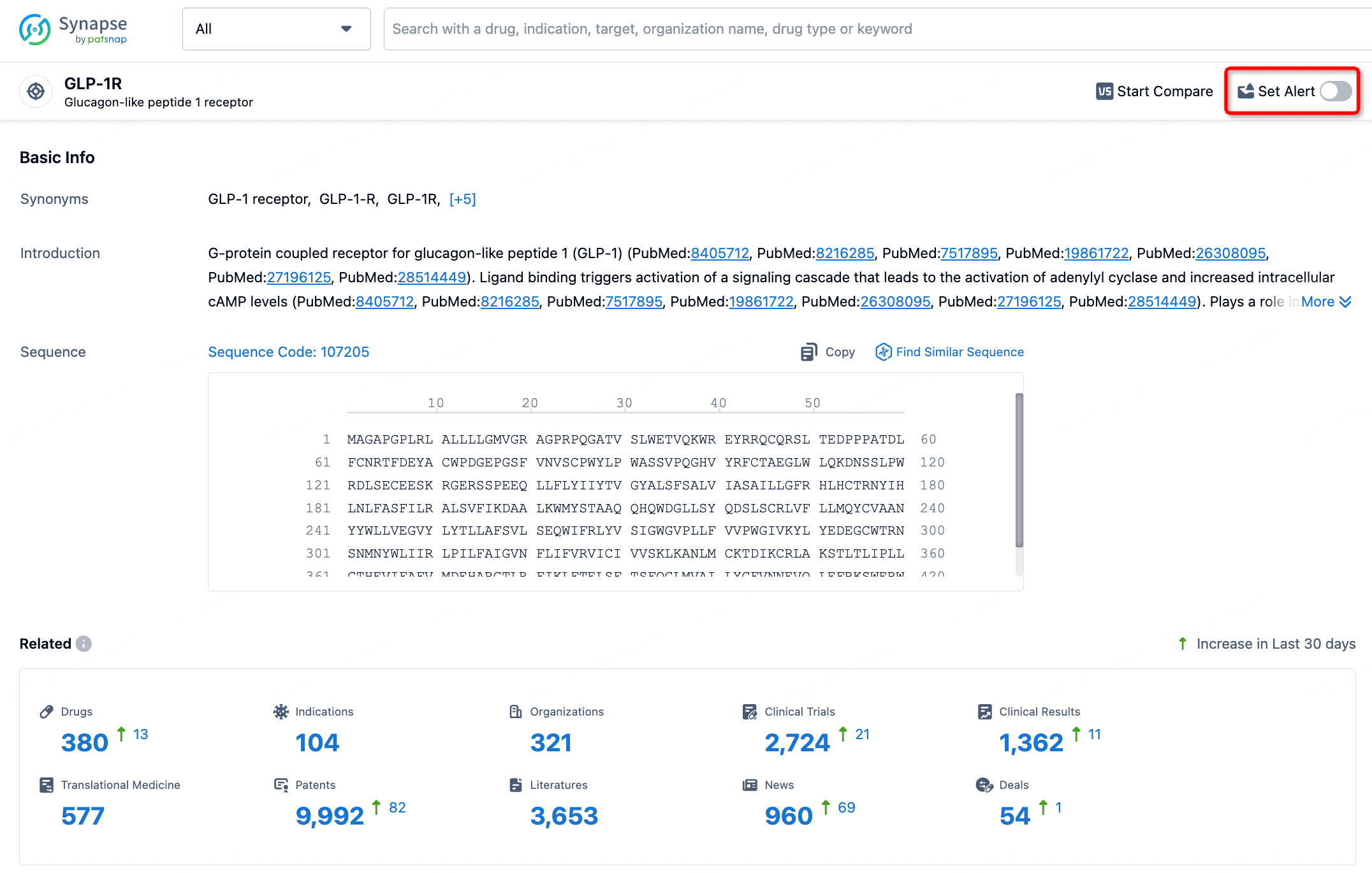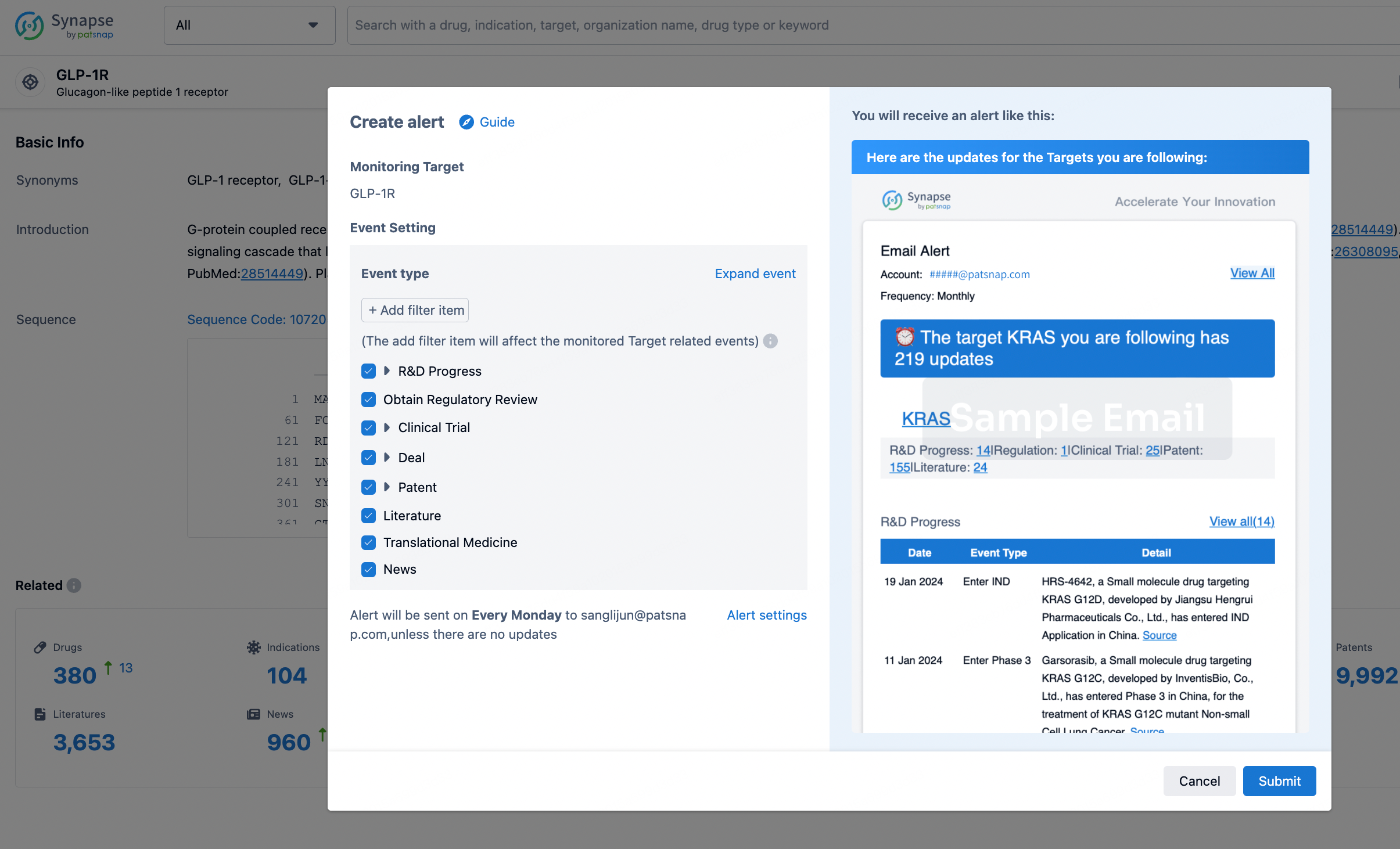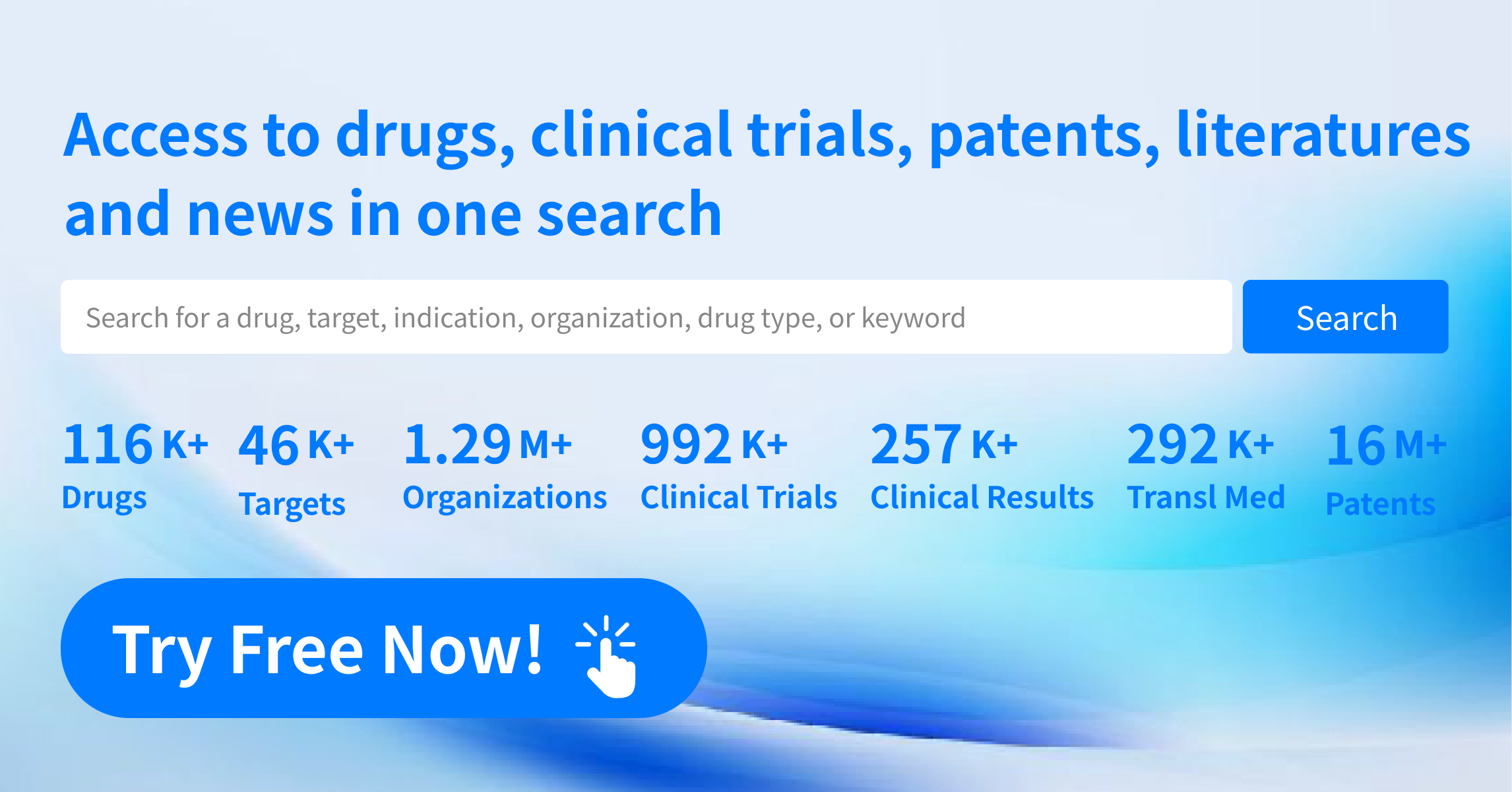Request Demo
What are HIF-1α stimulants and how do they work?
25 June 2024
Hypoxia-inducible factor 1-alpha (HIF-1α) is a transcription factor that plays a pivotal role in the body's response to low oxygen levels (hypoxia). It regulates the expression of various genes that are critical for adaptation and survival under hypoxic conditions. HIF-1α stimulants are compounds or interventions that increase the activity or stability of HIF-1α, thereby enhancing its ability to mediate adaptive responses to hypoxia. In this blog post, we will explore what HIF-1α stimulants are, how they work, and their various applications in medicine and beyond.
HIF-1α stimulants function primarily by modulating the stability and activity of the HIF-1α protein. Under normoxic (normal oxygen) conditions, HIF-1α is continuously produced and rapidly degraded through a process that involves the prolyl hydroxylation of specific proline residues. This hydroxylation marks HIF-1α for ubiquitination and subsequent proteasomal degradation. In contrast, under hypoxic conditions, the activity of prolyl hydroxylases is inhibited, leading to the stabilization and accumulation of HIF-1α. This stabilized HIF-1α translocates to the nucleus, where it dimerizes with HIF-1β and binds to hypoxia-response elements (HREs) in the promoters of target genes, initiating their transcription.
HIF-1α stimulants can act through various mechanisms. Some compounds, like cobalt chloride and deferoxamine, inhibit prolyl hydroxylases, thereby preventing the degradation of HIF-1α. Other agents, such as dimethyloxalylglycine (DMOG), act as competitive inhibitors of the enzymes responsible for HIF-1α hydroxylation. Additionally, certain natural products and pharmacological agents can enhance HIF-1α activity by increasing its transcription or by modulating signaling pathways that affect its stability and function.
The primary use of HIF-1α stimulants is in the treatment of conditions where enhanced oxygen delivery or adaptive responses to hypoxia are beneficial. One of the most significant applications is in the management of ischemic diseases, such as peripheral artery disease, myocardial infarction, and stroke. In these conditions, tissues are deprived of adequate blood supply and oxygen. By stimulating HIF-1α, these agents can promote angiogenesis, the formation of new blood vessels, and improve blood flow to the affected areas, thereby enhancing tissue survival and recovery.
HIF-1α stimulants also hold promise in the field of regenerative medicine. They can be used to enhance the survival and function of transplanted cells or tissues by preconditioning them to withstand hypoxic conditions. This approach has been explored in the context of stem cell therapy, where HIF-1α activation can improve the engraftment and therapeutic efficacy of transplanted stem cells.
Moreover, HIF-1α stimulants have potential applications in wound healing. Chronic wounds, such as diabetic foot ulcers and venous leg ulcers, often suffer from poor oxygenation and impaired healing. By promoting angiogenesis and tissue repair processes through HIF-1α activation, these stimulants can accelerate wound closure and improve healing outcomes.
In addition to these therapeutic applications, HIF-1α stimulants are of interest in the field of sports medicine and performance enhancement. Hypoxia-inducible pathways are known to play a role in muscle adaptation and endurance. By activating HIF-1α, it is theoretically possible to enhance athletic performance and improve training outcomes. However, the use of such agents in sports raises ethical and regulatory concerns, and their safety and efficacy in this context require careful evaluation.
Despite their potential benefits, the use of HIF-1α stimulants is not without risks. Overactivation of HIF-1α can lead to adverse effects, including the promotion of tumor growth and progression, as HIF-1α is known to contribute to cancer cell survival and metastasis in hypoxic tumor microenvironments. Therefore, the therapeutic application of HIF-1α stimulants must be carefully controlled and targeted to avoid unintended consequences.
In conclusion, HIF-1α stimulants represent a promising area of research with diverse applications in medicine, from treating ischemic diseases and promoting wound healing to enhancing regenerative medicine approaches. While their potential is considerable, careful consideration of their mechanisms of action, therapeutic benefits, and risks is essential to fully harness their capabilities in clinical practice.
HIF-1α stimulants function primarily by modulating the stability and activity of the HIF-1α protein. Under normoxic (normal oxygen) conditions, HIF-1α is continuously produced and rapidly degraded through a process that involves the prolyl hydroxylation of specific proline residues. This hydroxylation marks HIF-1α for ubiquitination and subsequent proteasomal degradation. In contrast, under hypoxic conditions, the activity of prolyl hydroxylases is inhibited, leading to the stabilization and accumulation of HIF-1α. This stabilized HIF-1α translocates to the nucleus, where it dimerizes with HIF-1β and binds to hypoxia-response elements (HREs) in the promoters of target genes, initiating their transcription.
HIF-1α stimulants can act through various mechanisms. Some compounds, like cobalt chloride and deferoxamine, inhibit prolyl hydroxylases, thereby preventing the degradation of HIF-1α. Other agents, such as dimethyloxalylglycine (DMOG), act as competitive inhibitors of the enzymes responsible for HIF-1α hydroxylation. Additionally, certain natural products and pharmacological agents can enhance HIF-1α activity by increasing its transcription or by modulating signaling pathways that affect its stability and function.
The primary use of HIF-1α stimulants is in the treatment of conditions where enhanced oxygen delivery or adaptive responses to hypoxia are beneficial. One of the most significant applications is in the management of ischemic diseases, such as peripheral artery disease, myocardial infarction, and stroke. In these conditions, tissues are deprived of adequate blood supply and oxygen. By stimulating HIF-1α, these agents can promote angiogenesis, the formation of new blood vessels, and improve blood flow to the affected areas, thereby enhancing tissue survival and recovery.
HIF-1α stimulants also hold promise in the field of regenerative medicine. They can be used to enhance the survival and function of transplanted cells or tissues by preconditioning them to withstand hypoxic conditions. This approach has been explored in the context of stem cell therapy, where HIF-1α activation can improve the engraftment and therapeutic efficacy of transplanted stem cells.
Moreover, HIF-1α stimulants have potential applications in wound healing. Chronic wounds, such as diabetic foot ulcers and venous leg ulcers, often suffer from poor oxygenation and impaired healing. By promoting angiogenesis and tissue repair processes through HIF-1α activation, these stimulants can accelerate wound closure and improve healing outcomes.
In addition to these therapeutic applications, HIF-1α stimulants are of interest in the field of sports medicine and performance enhancement. Hypoxia-inducible pathways are known to play a role in muscle adaptation and endurance. By activating HIF-1α, it is theoretically possible to enhance athletic performance and improve training outcomes. However, the use of such agents in sports raises ethical and regulatory concerns, and their safety and efficacy in this context require careful evaluation.
Despite their potential benefits, the use of HIF-1α stimulants is not without risks. Overactivation of HIF-1α can lead to adverse effects, including the promotion of tumor growth and progression, as HIF-1α is known to contribute to cancer cell survival and metastasis in hypoxic tumor microenvironments. Therefore, the therapeutic application of HIF-1α stimulants must be carefully controlled and targeted to avoid unintended consequences.
In conclusion, HIF-1α stimulants represent a promising area of research with diverse applications in medicine, from treating ischemic diseases and promoting wound healing to enhancing regenerative medicine approaches. While their potential is considerable, careful consideration of their mechanisms of action, therapeutic benefits, and risks is essential to fully harness their capabilities in clinical practice.
How to obtain the latest development progress of all targets?
In the Synapse database, you can stay updated on the latest research and development advances of all targets. This service is accessible anytime and anywhere, with updates available daily or weekly. Use the "Set Alert" function to stay informed. Click on the image below to embark on a brand new journey of drug discovery!
AI Agents Built for Biopharma Breakthroughs
Accelerate discovery. Empower decisions. Transform outcomes.
Get started for free today!
Accelerate Strategic R&D decision making with Synapse, PatSnap’s AI-powered Connected Innovation Intelligence Platform Built for Life Sciences Professionals.
Start your data trial now!
Synapse data is also accessible to external entities via APIs or data packages. Empower better decisions with the latest in pharmaceutical intelligence.


